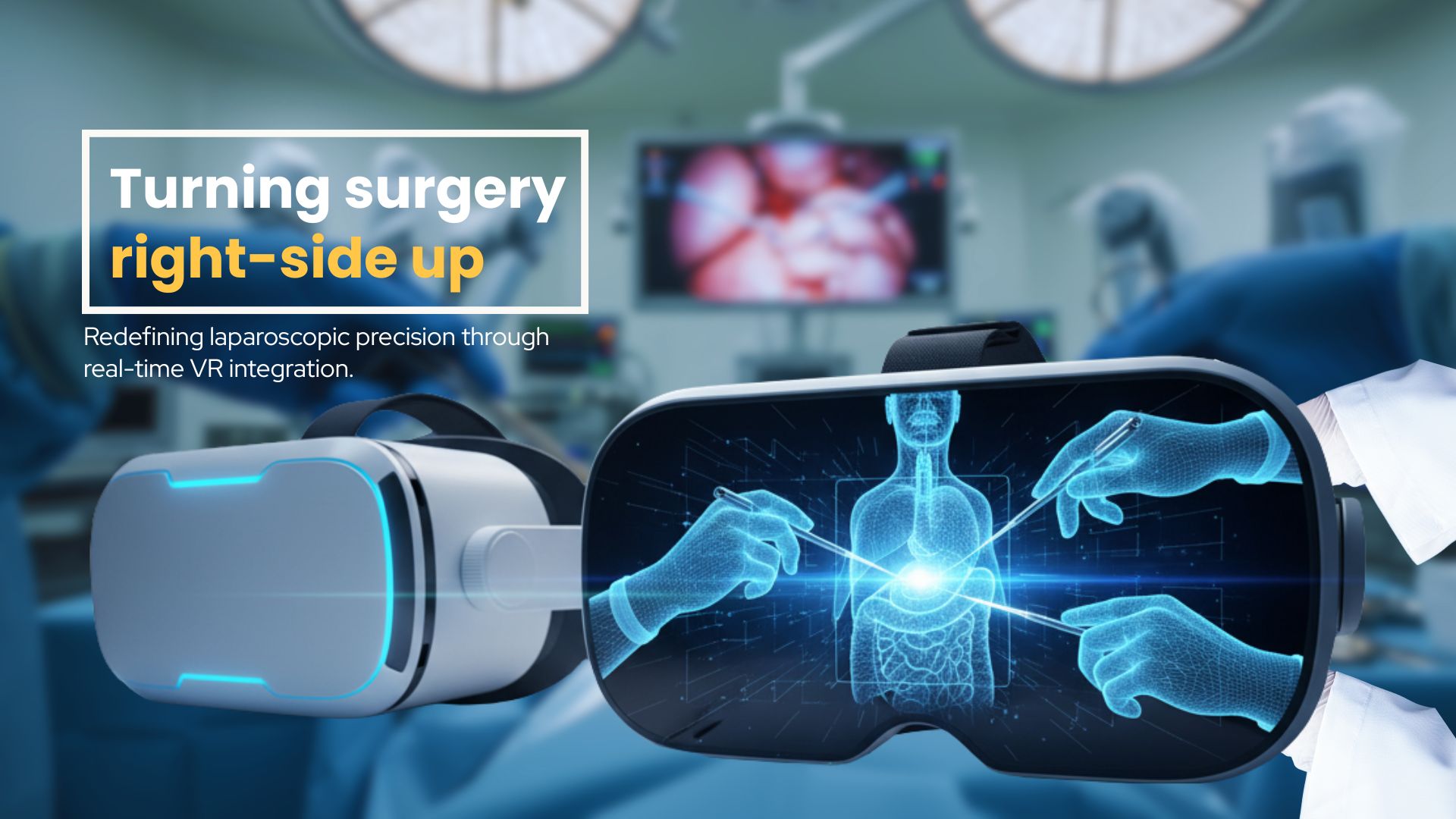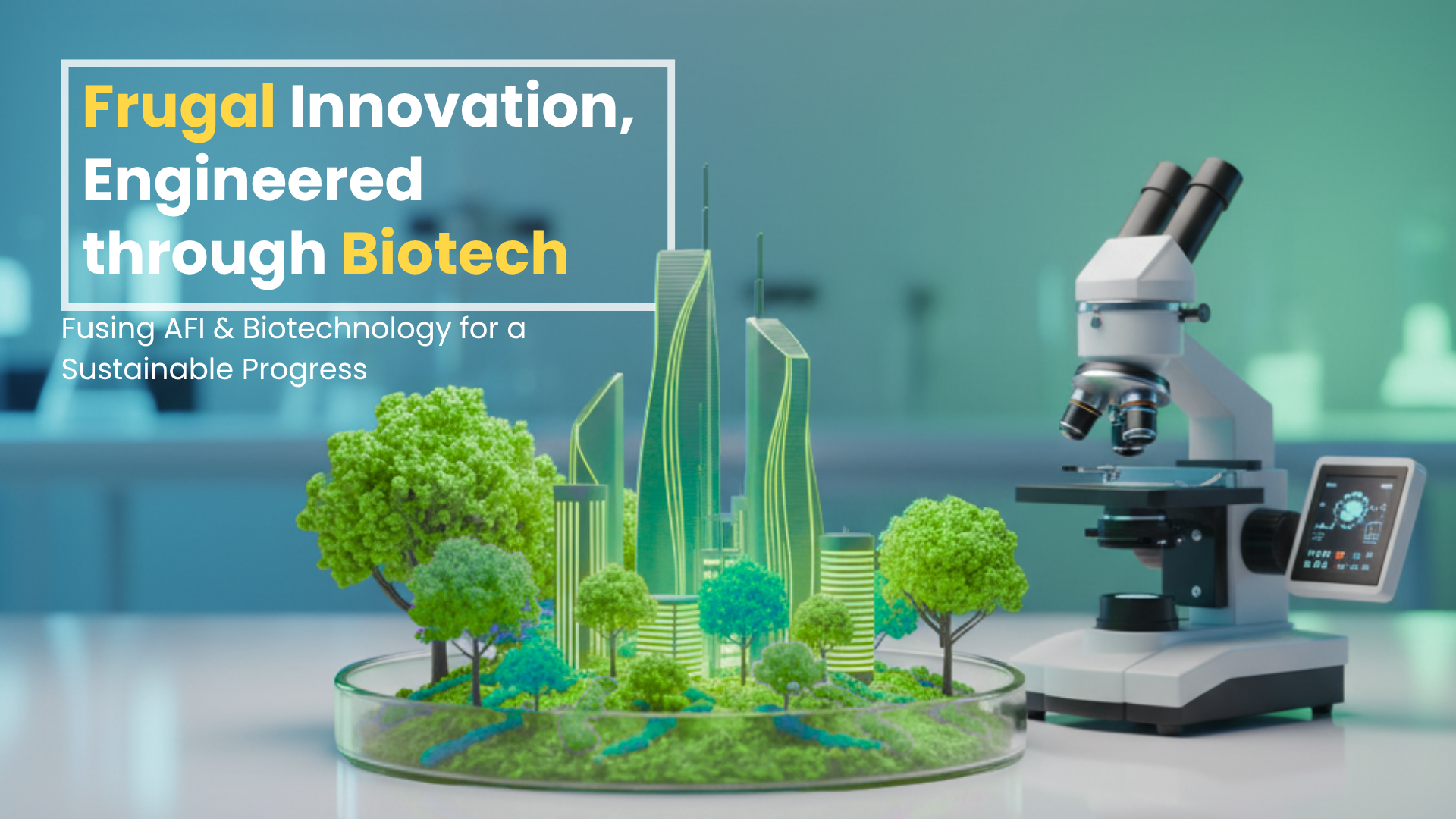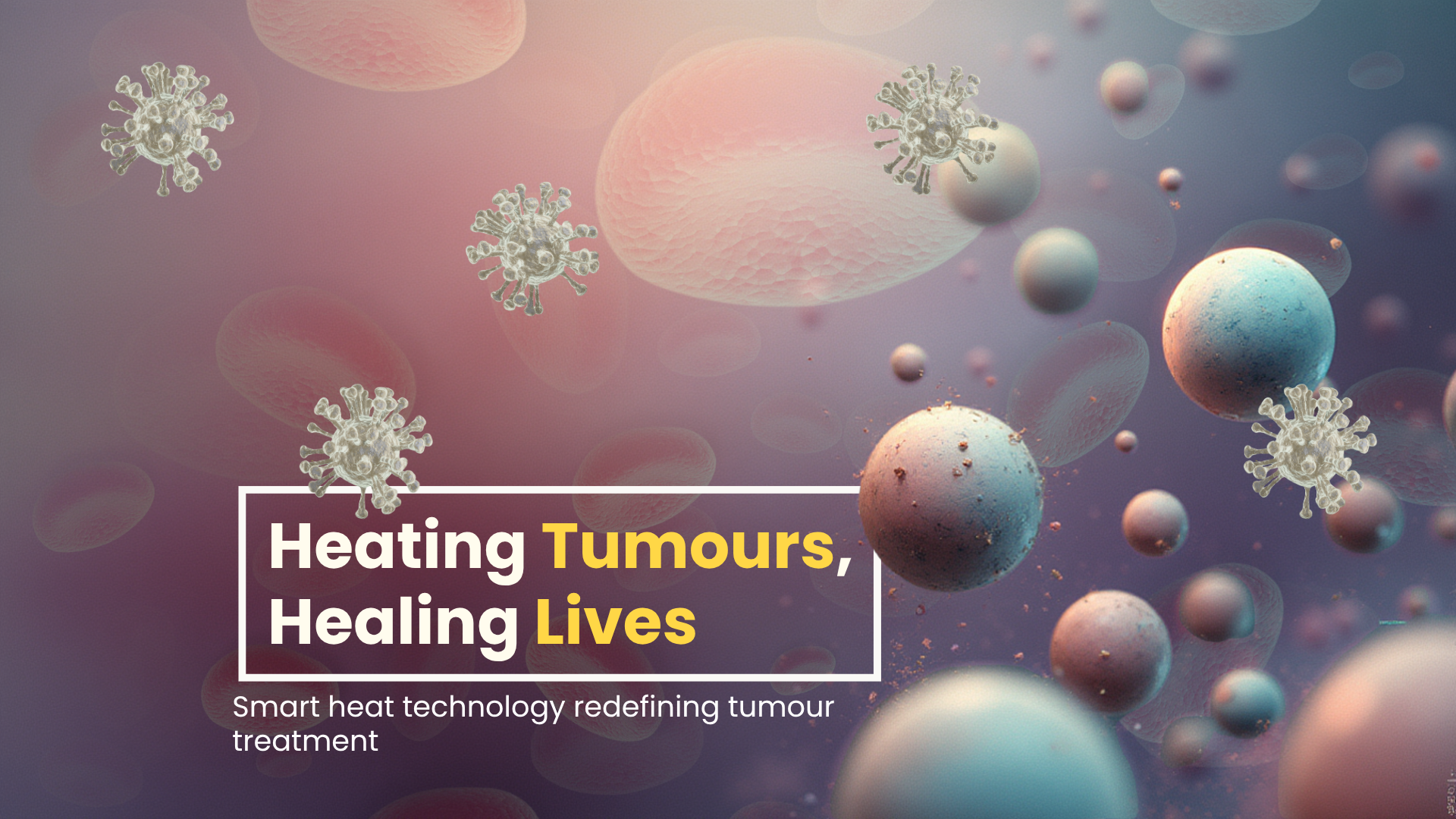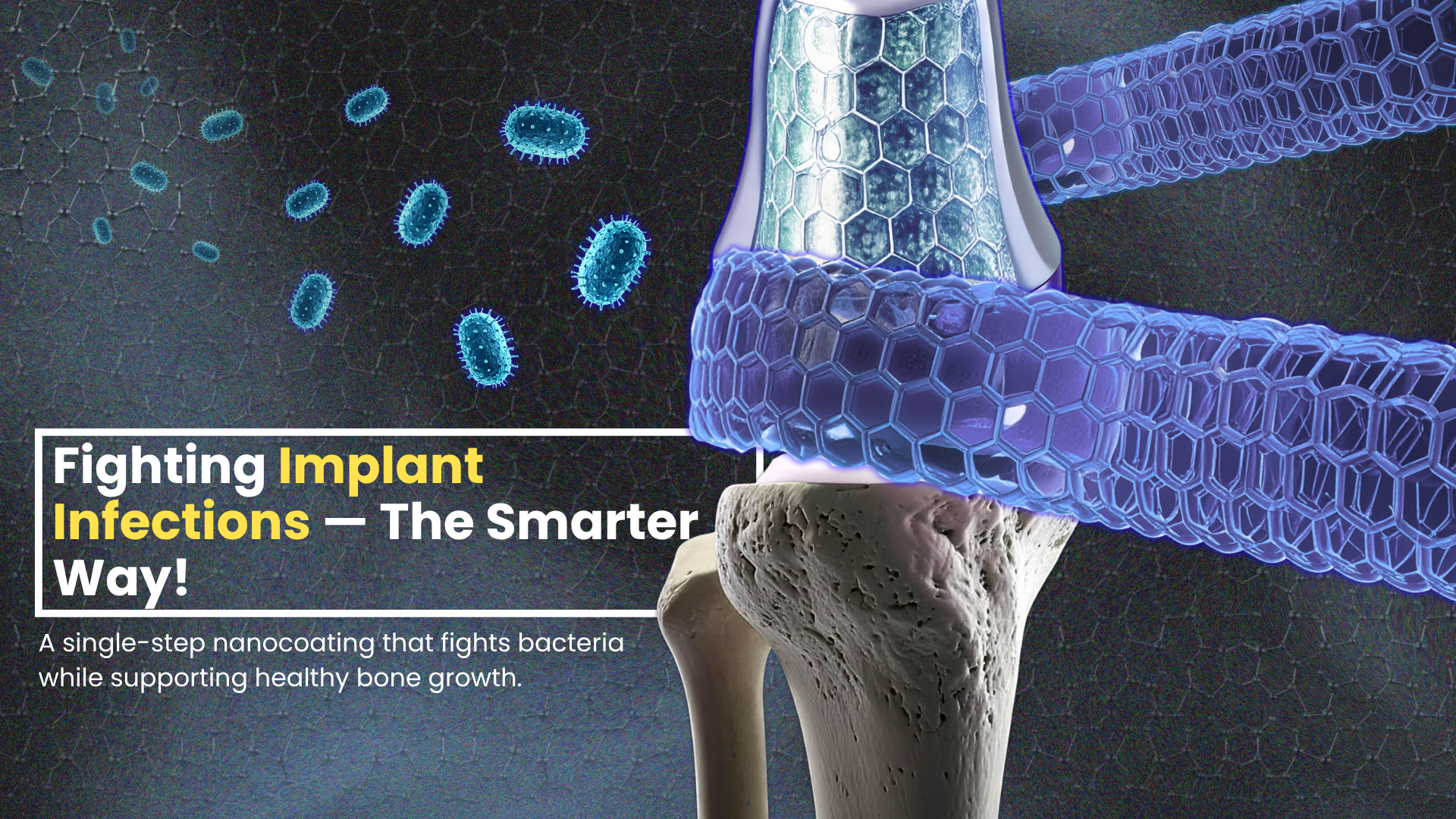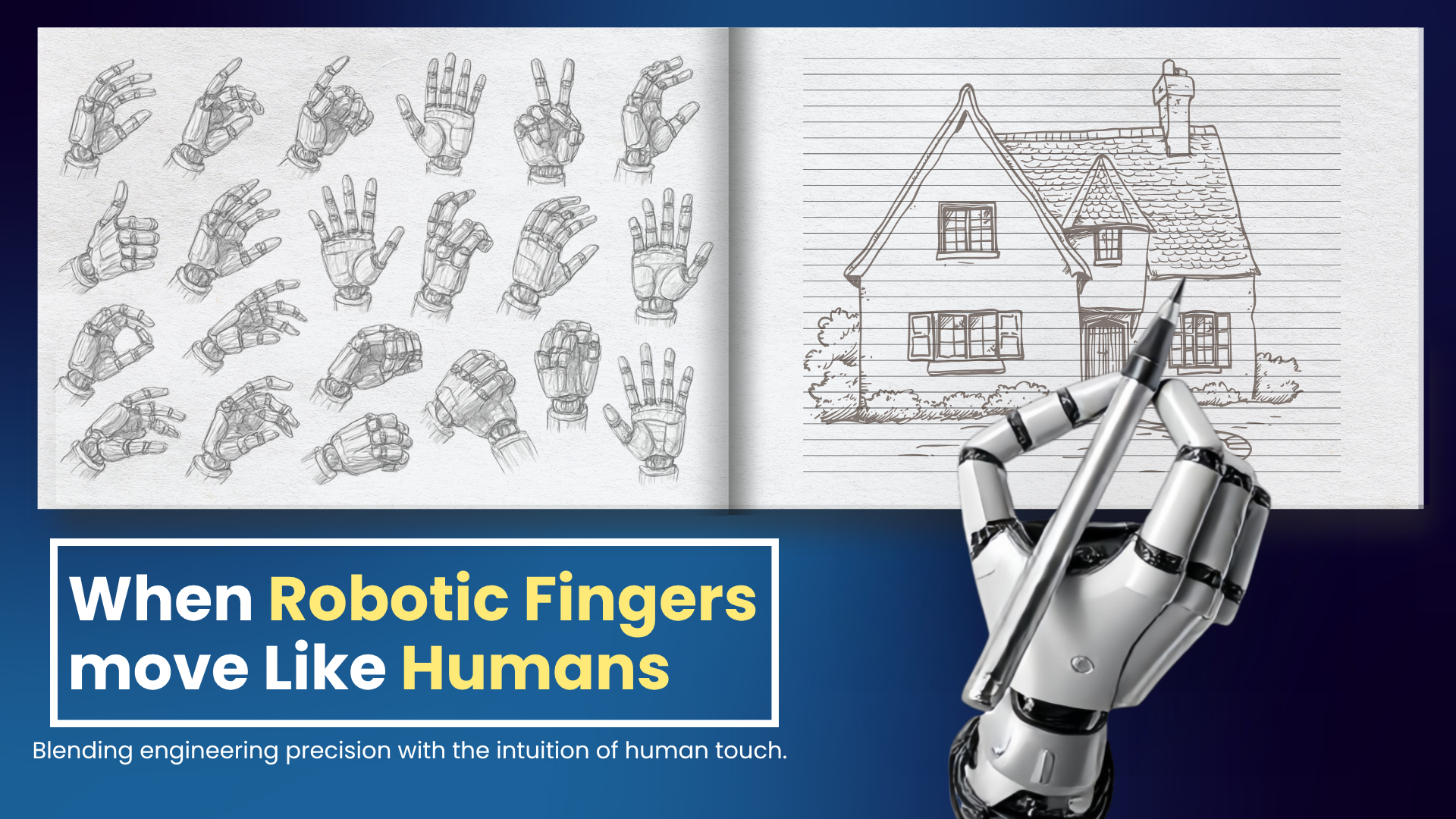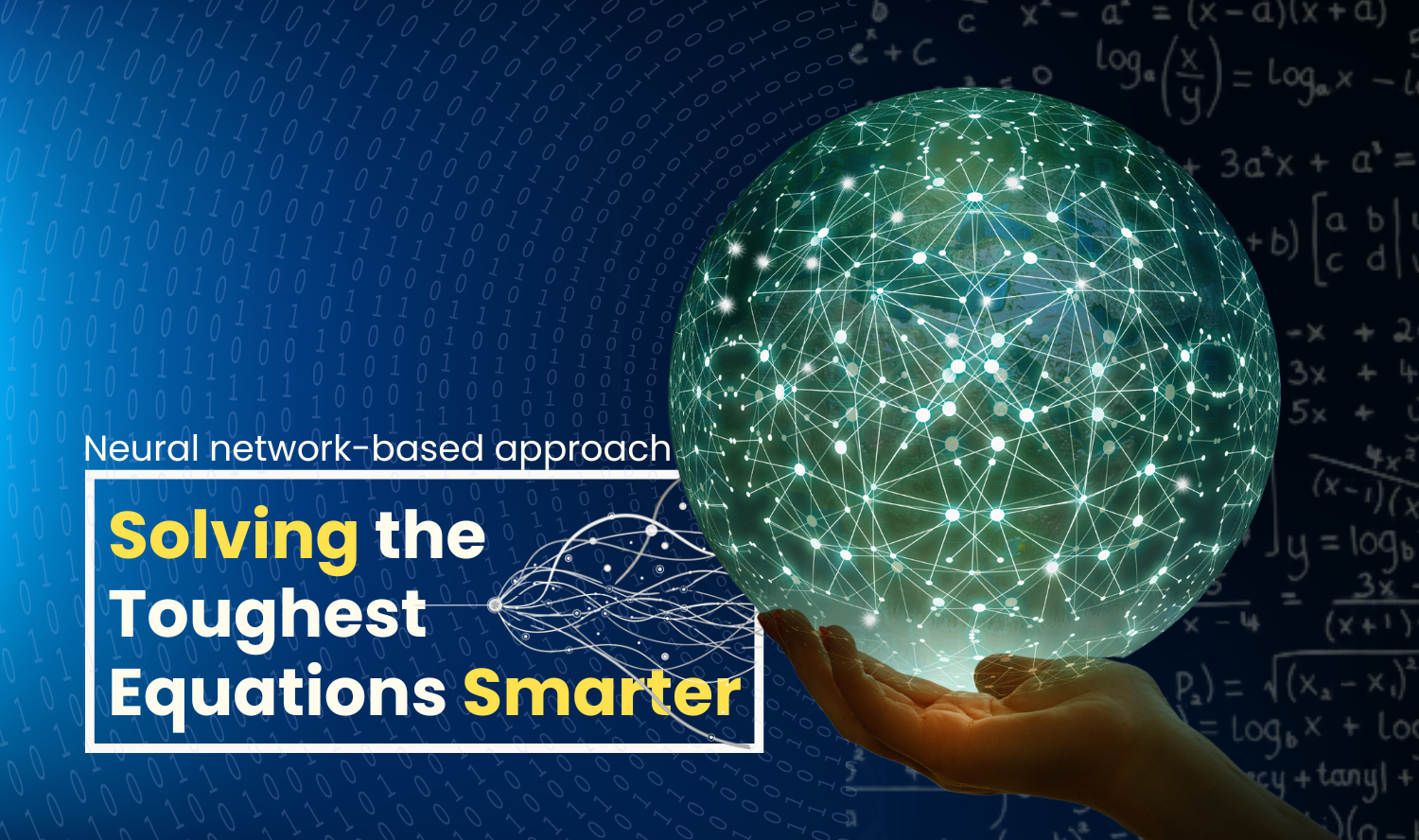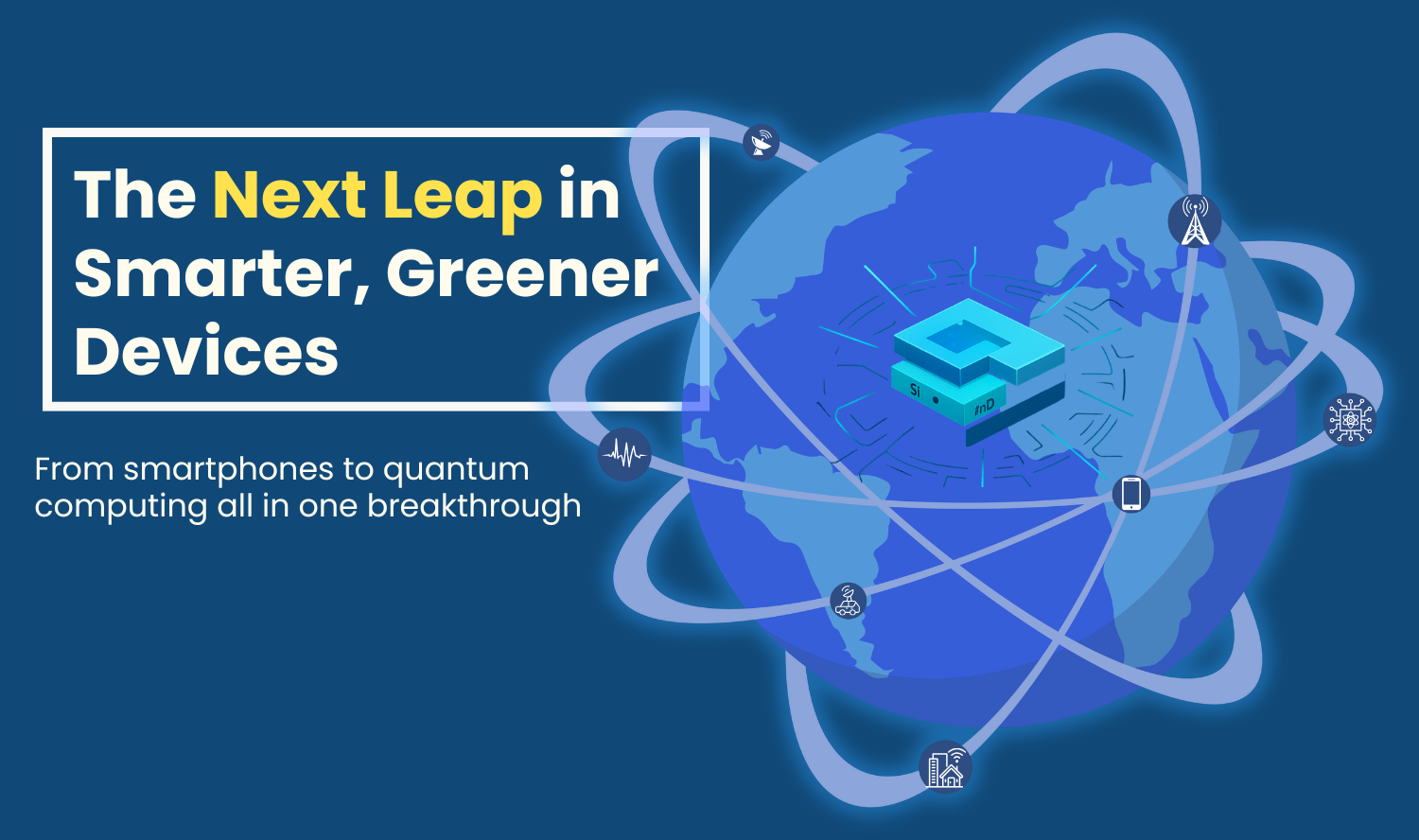
Reducing the cost of electricity bills is a major concern for industries. In order to do this, they need to improve their voltage and current related Power Quality (PQ) problems. However nowadays, this has become challenging with the growing use of microgrids, charging stations, and other applications employing power electronic converters.
One of the devices that can be used for power quality improvement is the Distribution Static Compensator (DSTATCOM). This device consists of a voltage source converter (VSC) and a passive filter. The DSTATCOM can compensate for source voltage disturbances, like, sag and swell, but cannot compensate for voltage interruption. These voltage disturbances reduce the performance of the sensitive loads and cause severe financial burdens to industries.
When the distribution static compensator is operated in voltage control mode (VCM), it compensates for the source voltage sag and swell. The reactive current supplied by this device increases with an increase in voltage sag and swell magnitudes. Thus, the current flowing through the voltage source converter may exceed its rated current and cause overheating and over-current issues.
When operating in the current control mode (CCM), the DSTATCOM compensates for the load–current-related power quality problems. In this mode of operation, the DSTATCOM supplies the unbalance, harmonic, and reactive components of the load currents to make the source currents balanced, sinusoidal, and in phase with the respective phase load voltages.
There is another device called the Uninterruptible Power Supply (UPS), which consists of a VSC, an energy storage system, and a passive filter. UPS can compensate for the source voltage interruption by using the energy storage system. However, the UPS cannot compensate for the source voltage sag and swell.
Thus, a combined operation of DSTATCOM and UPS is needed to overcome these limitations. Conventionally, the DSTATCOM requires one VSC, and the UPS requires another VSC for their combined operation. Although this arrangement compensates for the voltage and current related power quality problems, it makes the system costly and bulky.
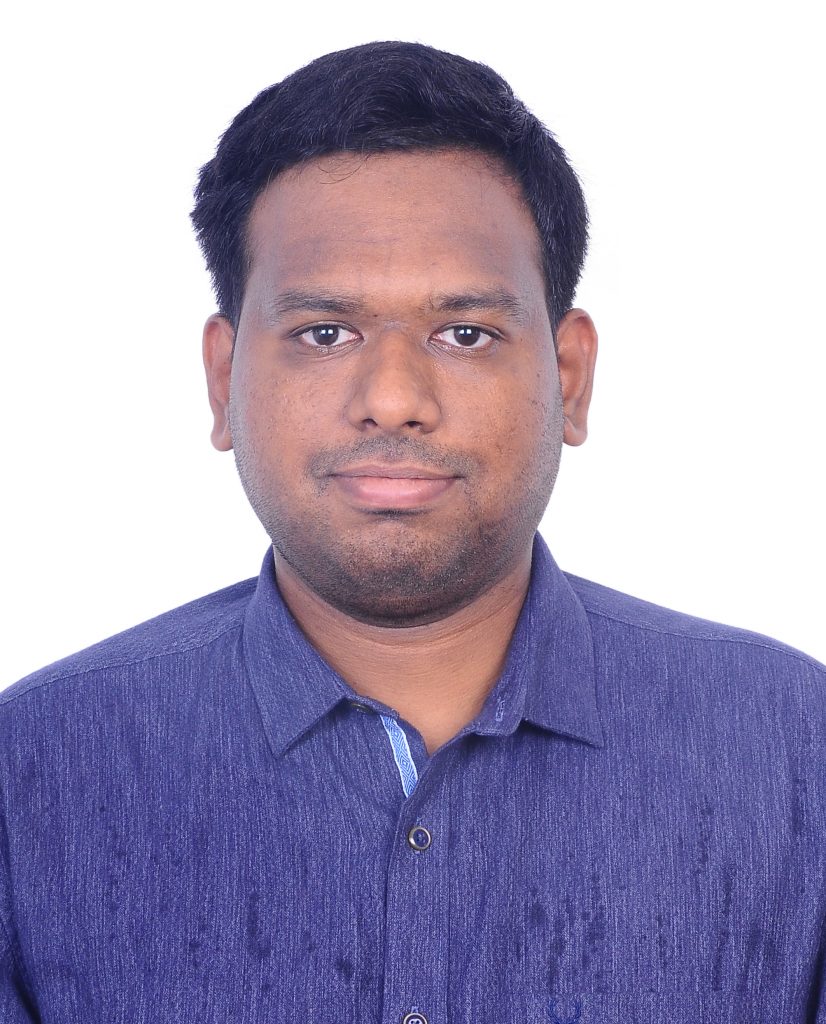
Mr. Nafih Muhammad Ismail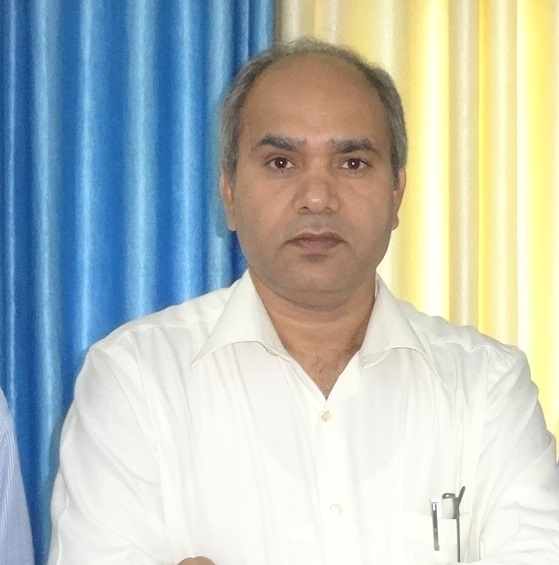
Prof. Mahesh Kumar Mishra
In this study, Mr. Nafih Muhammad Ismail, and Prof. Mahesh Kumar Mishra from the Department of Electrical Engineering, Indian Institute of Technology Madras, Chennai, India, have proposed a control algorithm that combines the DSTATCOM and UPS operations with a single voltage source converter (VSC). The storage unit is realized using batteries and supercapacitors.
During the source voltage sag and swell, the load voltage is maintained at its rated value. During the source voltage interruption, the proposed control algorithm operates the voltage source converter in the UPS mode.
In this study, the overcharge protection of the battery and supercapacitors is also achieved. The proposed algorithm achieves a state of charge-based control and power management of the battery-supercapacitor system. There is also an improvement in load voltages’ phase angle ripple, and battery cycle life with the supercapacitors.
Thus, it is shown that a single voltage source converter and a battery-supercapacitor energy storage system works well, and mitigates source voltage sag, swell, interruption, load current harmonics, reactive power, and unbalance in power distribution network.
Dr. Santanu K. Mishra from the Department of Electrical Engineering, Indian Institute of Technology Kanpur, India, acknowledged the importance of this paper by giving the following views: “The paper tries to solve a very relevant problem pertinent to many emerging systems in a simple approach. It proposes a control algorithm that uses a single VSC and a battery–supercapacitor energy storage system to function as DSTATCOM and UPS. The scheme uses a State of Charge (SoC) based scheme to control the battery–supercapacitor energy storage system. The technology is well verified using experiments.
The proposed technology can be an important technology enabler in future renewable systems and EV charging infrastructure and I highly recommend this article.”
Article by Akshay Anantharaman
Here is the original link to the paper:
https://www.sciencedirect.com/science/article/abs/pii/S0142061522002812



